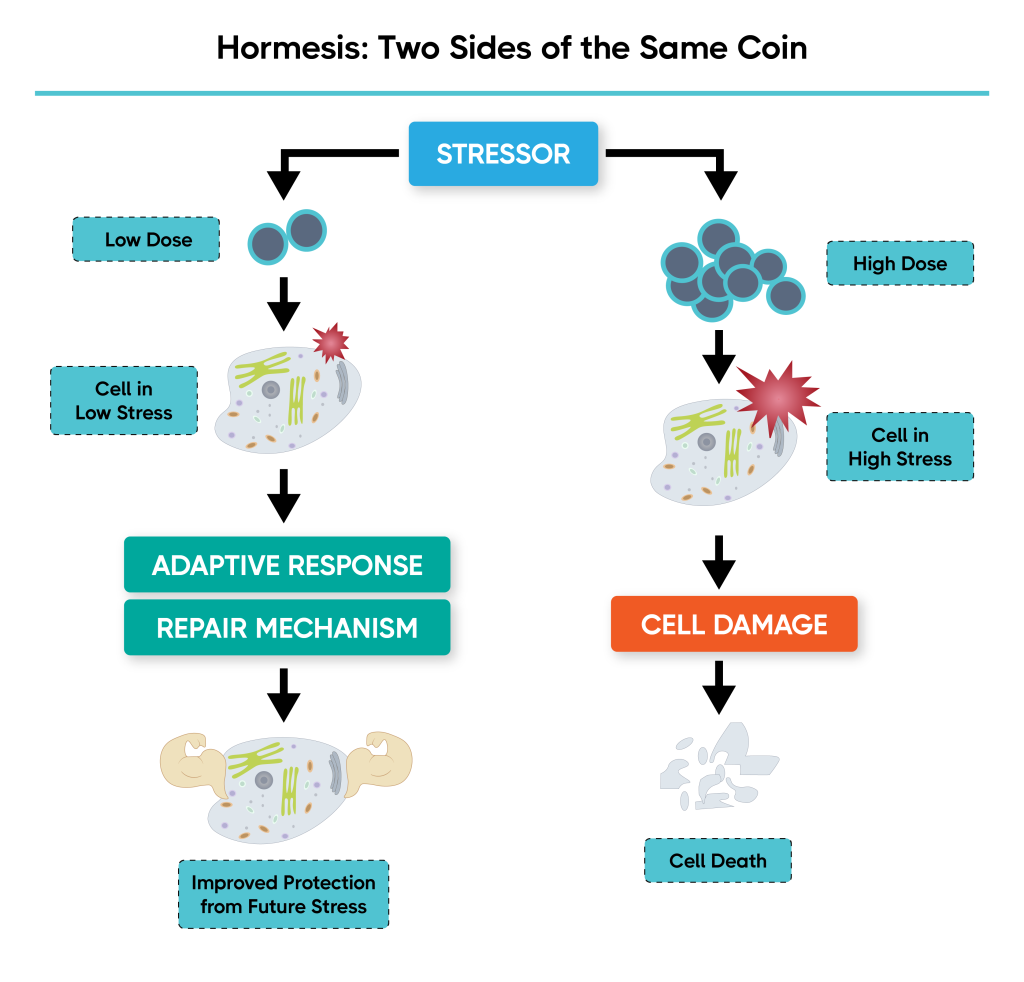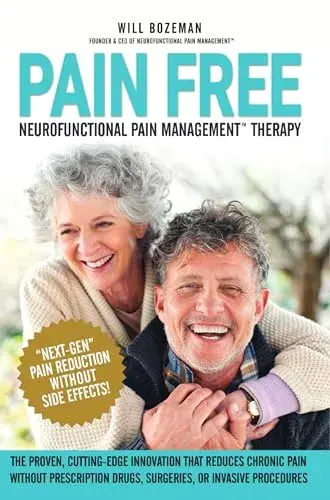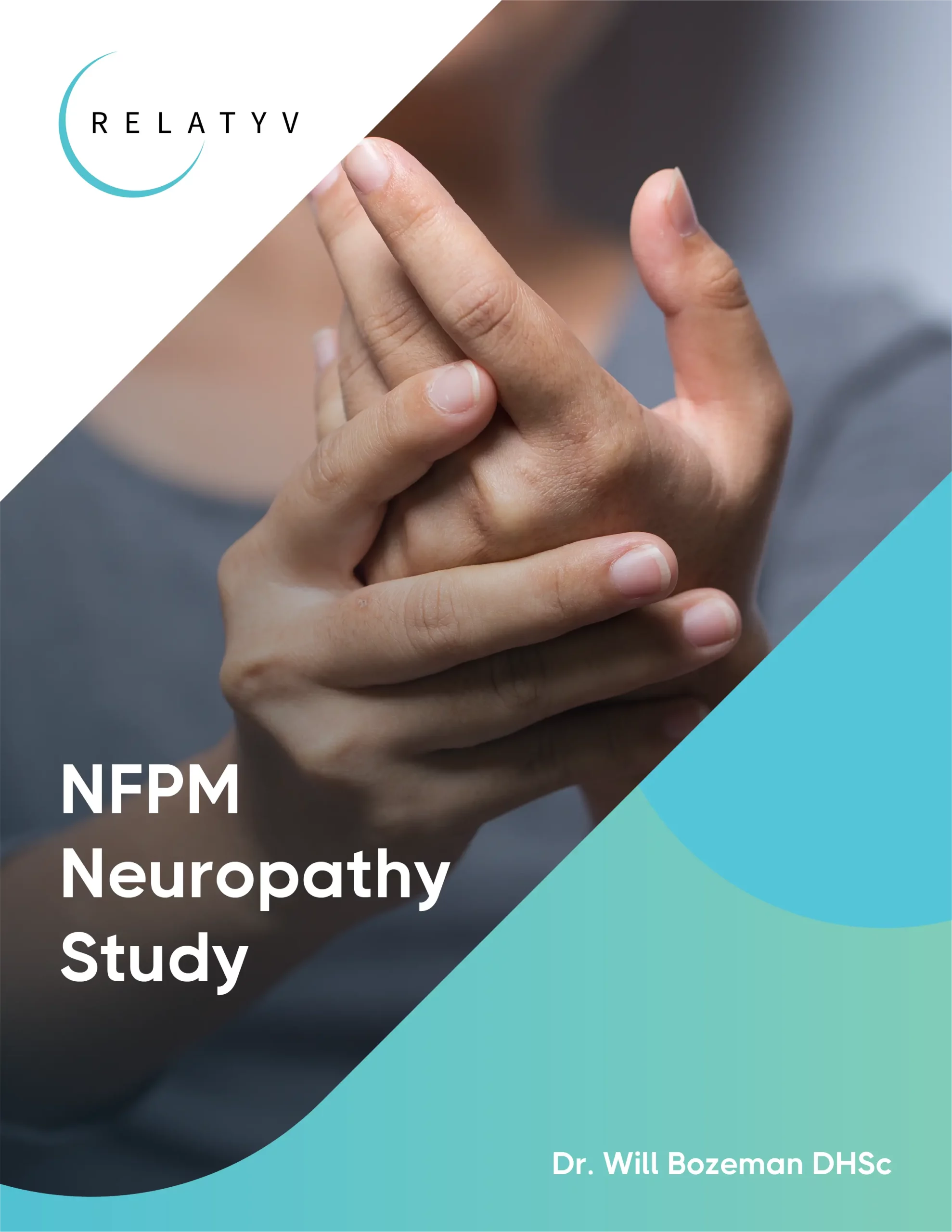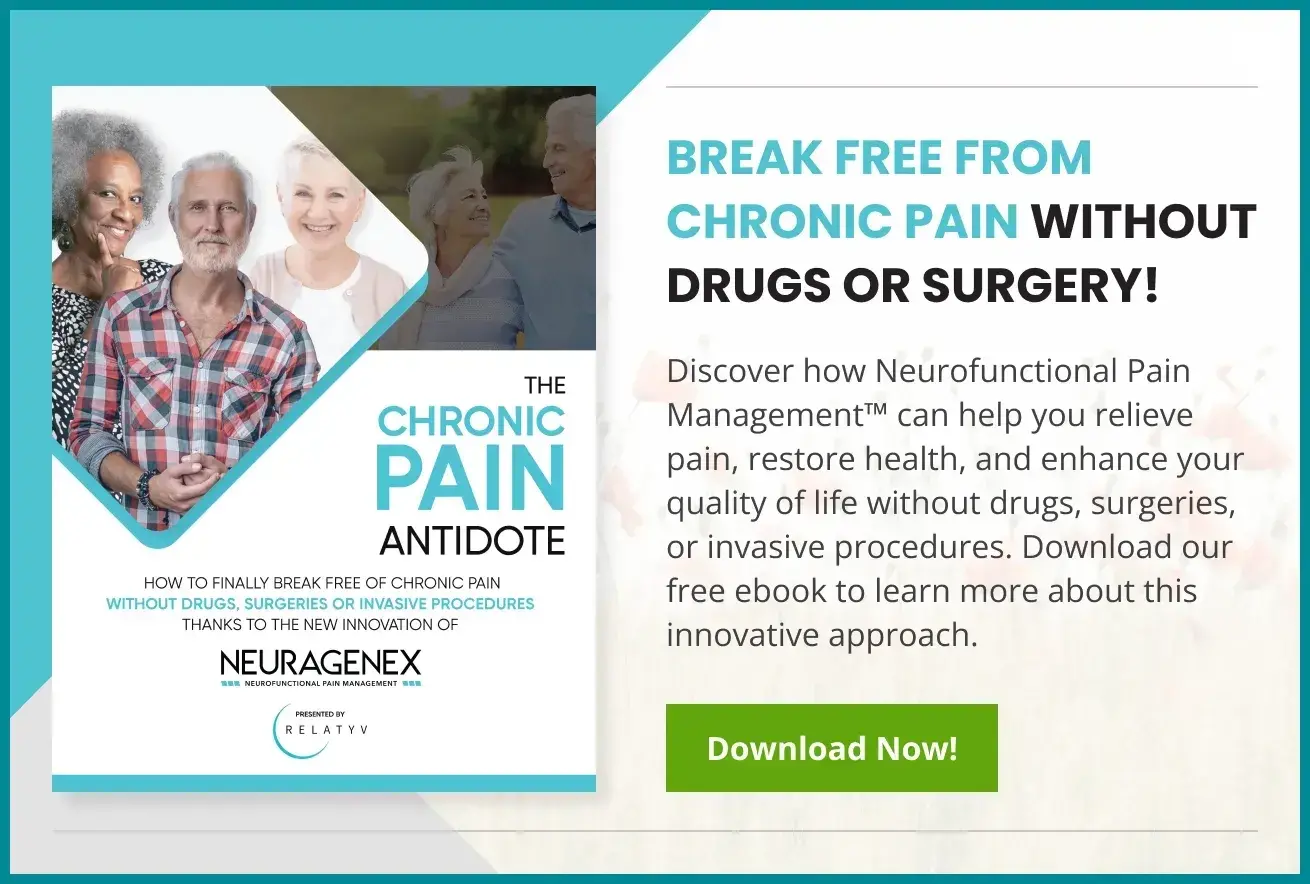Anti Aging

Understanding The Concept Of Hormesis
Read More
April 23, 2025
When we think about stress, it’s often viewed in a negative light. Chronic stress, in particular, is associated with a range of health issues, including heart disease, mental health disorders, and a weakened immune system.
The common understanding is that stress, in any form, should be avoided to maintain overall well-being. However, there’s a different perspective that challenges this conventional wisdom. Enter hormesis, a concept that turns the idea of stress on its head.
The concept of hormesis is rooted in ancient practices but was formally introduced to the scientific world in the early 20th century.
The term hormesis was first coined in 1943 by scientists Chester Southam and John Ehrlich, who observed that low doses of toxic substances stimulated growth in fungi, while higher doses were lethal. This paradoxical response to low-dose stressors has been observed across many biological systems.
However, the origins of hormesis can be traced back much further. Ancient cultures practiced fasting, exposure to extreme temperatures, and physical exertion to build resilience and improve health. Though the mechanisms weren’t fully understood then, the underlying idea was the same: stress, in moderation, can be beneficial.
Today, hormesis is applied in various fields, from exercise science to longevity research, promoting the idea that small stressors can induce adaptations that enhance overall function.
Hormesis is based on the idea that low-level stress activates the body’s repair and defense mechanisms, leading to a net positive effect on health. Unlike chronic stress, which damages the body, hormetic stress strengthens it.
The adaptive stress response theory suggests that when cells encounter mild stress, they initiate protective processes that enhance future resilience, improve cellular repair, and bolster immune defenses. This phenomenon contrasts with traditional toxicology models, which assume that any exposure to harmful substances has negative effects.

The health benefits of hormesis stem from the biological pathways that are activated in response to hormetic stressors. When the body encounters a low dose of stress, it triggers a cascade of molecular and cellular processes designed to repair damage, enhance resilience, and prepare the system for future challenges.
The following mechanisms not only protect against immediate harm but also contribute to long-term improvements in health and longevity:
When activated by stressors such as fasting, exercise, or caloric restriction, Nrf2 promotes the production of antioxidants like glutathione, catalase, and superoxide dismutase, which protect cells from oxidative damage and support overall health.
This leads to improved energy production, increased metabolic efficiency, and greater stress resistance. Over time, better mitochondrial function supports healthy aging and may protect against diseases linked to mitochondrial dysfunction, such as neurodegenerative disorders.
Hormetic triggers like caloric restriction, exercise, and heat exposure are well-known to stimulate autophagy, contributing to longevity and disease prevention.
Additionally, intermittent fasting and caloric restriction have been shown to increase levels of insulin sensitivity and reduce systemic inflammation, contributing to improved metabolic health.
Hormesis can be triggered by various stressors, each of which engages the body’s adaptive mechanisms. These stimuli can be broadly categorized into chemical agents, physical stressors, and environmental conditions, all of which contribute to improving resilience and overall health.
Chemical agents that induce hormesis include a wide range of naturally occurring and synthetic compounds. When consumed or encountered in low doses, these chemicals activate detoxification pathways and other protective responses within the body. Some of the most well-known chemical agents that stimulate hormesis include:
These chemicals stress cells just enough to enhance protective pathways, particularly through the activation of the Nrf2 pathway.
Physical stressors play a significant role in inducing hormesis by challenging the body to adapt and strengthen. These stressors can enhance physical and metabolic resilience when applied in controlled settings. Examples of physical hormetic stimuli include:
Environmental factors can also act as hormetic stimuli, forcing the body to adapt to external stressors. While extreme environmental conditions can be harmful, moderate exposure to these factors in controlled amounts can promote resilience. Common environmental hormetic stressors include:
Hormesis plays a critical role in promoting health benefits that directly impact aging and longevity. By engaging the body’s adaptive stress responses, hormetic stressors activate cellular pathways that repair damage, enhance resilience, and slow down age-related decline.
These protective mechanisms help maintain health during aging and promote longevity by preventing the onset of chronic diseases commonly associated with aging, such as cardiovascular disease, neurodegeneration, and metabolic disorders.
One of the emerging therapies that align with hormetic principles is hyperbaric oxygen therapy (HBOT). HBOT involves exposing the body to higher-than-normal oxygen levels in a controlled environment. The increased oxygen acts as a mild stressor, prompting the body to enhance its repair mechanisms.
Research suggests that HBOT can support anti-aging efforts by improving tissue repair, reducing inflammation, and promoting neuroplasticity, all of which may help reverse some of the hallmarks of aging.
As we age, our bodies become less efficient at managing stress and repairing damage, leading to cellular dysfunction. Hormesis offers a solution by applying controlled, low-level stress that activates the body’s repair systems, slowing the aging process.
Hormetic stressors, such as exercise and caloric restriction, stimulate key processes like autophagy and mitochondrial biogenesis, improving cellular repair and energy production. This reduces inflammation and oxidative stress, which are central to many age-related diseases.
Additionally, hormesis activates longevity-related pathways, such as AMPK and sirtuins, which enhance metabolic efficiency and stress resistance, supporting a longer, healthier life.
Physical activity is a well-established form of hormesis, but its benefits follow a dose-response curve. Moderate exercise, such as walking or resistance training, promotes cardiovascular health, strengthens muscles, improves insulin sensitivity, and reduces the risk of chronic diseases. It also releases myokines, proteins that combat inflammation and support longevity.
However, recovery is essential; excessive exercise without rest can lead to chronic inflammation, injury, and accelerated aging. High-intensity interval training (HIIT) is a prime example of hormetic exercise, offering metabolic and cardiovascular benefits in short bursts.
Balanced exercise also triggers beneficial hormonal changes, such as increased growth hormone and improved insulin sensitivity, supporting healthy aging. Moderation is key to avoiding the negative effects of overtraining.
Hormesis has significant therapeutic implications, influencing both drug development and non-pharmacological therapies. The concept of harnessing controlled stress to elicit protective biological responses has guided innovative treatments to enhance health, prevent disease, and promote longevity.
Whether through pharmacological interventions or lifestyle modifications, hormetic principles are increasingly integrated into modern medical and therapeutic practices.
In the field of drug development, hormesis is an important principle that guides the dosing of certain medications. Instead of adhering to a linear model – where a higher dose is presumed to have a stronger effect – many drugs are now understood to follow a biphasic dose-response curve, characteristic of hormesis. These drugs can activate beneficial responses at lower doses, while higher doses may result in toxicity or diminished effectiveness.
This concept of using minimal effective doses is also applied in treatments for autoimmune diseases, where low doses of immune-modulating drugs are used to temper immune responses without causing widespread immune suppression.
Hormesis extends beyond pharmacology and plays a central role in non-pharmacological therapies. Many lifestyle interventions and therapeutic practices rely on hormetic principles to promote health, resilience, and longevity without the use of drugs. These therapies are particularly appealing because they leverage the body’s natural adaptive processes.
Regular cold exposure has been associated with increased immune function, enhanced recovery from exercise, and improved metabolic health.
In medical rehabilitation settings, exercise therapy treats cardiovascular disease, diabetes, and musculoskeletal disorders. The hormetic stress of exercise helps to strengthen muscles, improve insulin sensitivity, and enhance overall metabolic health.
Fasting is increasingly being used as a therapeutic intervention to manage metabolic diseases like type 2 diabetes and to promote longevity through enhanced cellular repair mechanisms.
Integrating hormesis into a holistic wellness strategy involves applying controlled, beneficial stressors to improve resilience, slow aging, and boost overall well-being. At RELATYV, we take a comprehensive approach by offering supplements and health diagnostics that align with these hormetic principles.
Our products, such as Berberine X5, are designed to support metabolic health and longevity. Berberine activates key pathways like AMPK, which enhance energy metabolism, reduce inflammation, and improve mitochondrial function – factors essential for healthy aging.
We also offer advanced health diagnostics to complement our supplements, providing individuals with personalized insights into their body’s response to hormetic stressors. Our longevity testing panels and metabolic assessments measure important biomarkers like telomere length, mitochondrial efficiency, and inflammation levels.
These diagnostics allow users to tailor their wellness routines, ensuring the right balance of exercise, caloric intake, and supplementation for optimal health outcomes.
By combining personalized data with tailored supplements, RELATYV ensures that individuals can safely and effectively apply hormetic principles to enhance their quality of life, promote healthy aging, and achieve long-term well-being. This personalized, data-driven approach helps individuals harness the power of hormesis while avoiding overstimulation, resulting in a balanced and sustainable path to longevity.
Hormesis highlights a fascinating paradox: stress, typically viewed as harmful, can actually become a powerful tool for enhancing health and promoting longevity when applied in controlled doses.
By exposing the body to mild stressors – whether through exercise, fasting, cold exposure, or specific supplements – we can activate the body’s natural repair mechanisms, reduce inflammation, and enhance resilience to future challenges.
This process not only helps slow down aging but also reduces the risk of chronic diseases like cardiovascular issues, neurodegeneration, and metabolic disorders.
The significance of hormesis for human health cannot be overstated. It taps into the body’s innate ability to adapt, heal, and grow stronger, which is essential for maintaining vitality over the long term.
By adopting hormetic practices, such as regular physical activity, intermittent fasting, and mindful exposure to environmental stressors, individuals can improve their overall well-being, boost longevity, and unlock their full health potential.
As we continue to learn more about hormesis, it’s clear that incorporating these practices into our daily lives offers significant benefits. With RELATYV’s personalized supplements and health diagnostics, you can take a tailored approach to integrating hormetic stress into your wellness routine.
By leveraging RELATYV’s tools and expertise, you can harness stress as a tool for living a longer, healthier life.
Your longevity lies in your hands – embrace hormesis and optimize your health with RELATYV.
About the Author
Will is a healthcare executive, innovator, entrepreneur, inventor, and writer with a wide range of experience in the medical field. Will has multiple degrees in a wide range of subjects that give depth to his capability as an entrepreneur and capacity to operate as an innovative healthcare executive.
Share on Social Media




You can see how this popup was set up in our step-by-step guide: https://wppopupmaker.com/guides/auto-opening-announcement-popups/
You can see how this popup was set up in our step-by-step guide: https://wppopupmaker.com/guides/auto-opening-announcement-popups/
Neurofunctional Pain Management Overview
Symptoms
Conditions Treated
Treatments
Articles by Category
Locations
Colorado
Wisconsin
Georgia
Hiram
Lawrenceville
Marietta
Powder Springs
Texas
Waco
Victoria
Illinois
Buffalo Grove
New Lenox
St. Charles
Arizona
Tucson
Waddell
Arlington
Avondale
Buckeye
Superior
Mesa
Palo Verde
Morristown
Tempe
Chandler
Anthem
Eloy
Florence
Fort McDowell
Phoenix
El Mirage
Coolidge
Gilbert
Arizona City
Casa Grande
Casa Blanca
Aguila
Sacaton
Apache Junction
Kearny
Stanfield
Goodyear
Litchfield Park
Alabama
Arkansas
California
Florida
Idaho
Indiana
Iowa
Kansas
Louisiana
Maryland
Michigan
Rhode Island
Minnesota
Mississippi
Nevada
New Jersey
New Mexico
North Carolina
Ohio
Pennsylvania
South Dakota
Tennessee
Utah
Virginia
Washington

